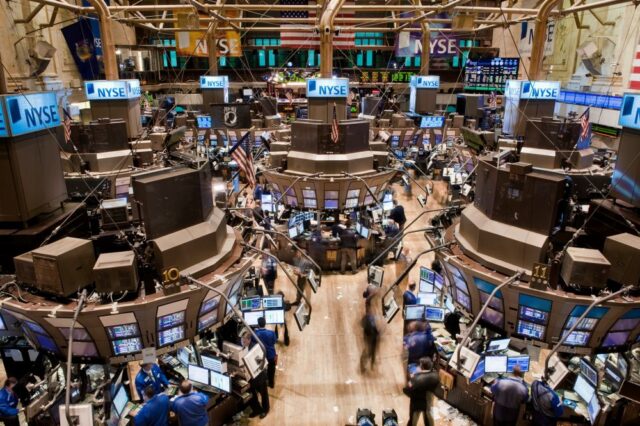Typically the Bay Area real estate market heats up in March, which is known to be the traditional launch of the spring season. Much of it relates to local culture: buyers do goal planning in January and make New Year’s resolutions to purchase in the coming year, but the first weeks of the year are reserved for Tahoe ski season and February weekends are dedicated to football. Open houses during this time are “window shopping” — an activity of leisure and the start of orienting to the market. By March, these buyers are ready to get serious, just in time for a fresh wave of sellers who have now completed all of their pre-sale preparations (painting, lighting, staging etc.) in time for the season.
This year, the usual seasonal trends are overshadowed by macroeconomic curveballs, including political uncertainty in Washington. The new administration’s trade policy and proposed tariffs have created growing economic concerns and resulted in a volatile stock market since early March. It is well understood that the Bay Area housing market is closely tied to the tech-heavy NASDAQ stock exchange compared to most other markets: high-end home buyers often operate with significant stock market exposure, either funding purchases with liquidated assets or leveraging unvested stock option Restricted Stock Units. As the aftermath of the national election continues to unfold, some investors and individuals are pausing to assess their next moves.
Mary MacPherson, the Founder of Vantage Realty, noted, “Buyers don’t like volatility. When there’s uncertainty in the market, we see buyers scaling back for various reasons. Some have taken a big hit to their portfolios, some have decreased purchasing power due to the rise in rates … There’s a lot that goes into the decision to make one of the biggest financial investments of someone’s life — and market volatility will be the straw that broke the camel’s back and put many buyers firmly on the fence.”
And yet, despite recent financial turbulence, Bay Area real estate remains uniquely defined and influenced by historically low inventory. The spring market has ushered in a fresh wave of buyers who have pre-planned purchases for 2025 and seem committed to making a purchase this year. They likely started planning these moves last year and are following through. Financial markets overall have been trending up over the past 14 months, despite being sizably dented in the last few weeks.
MacPherson continues, “Anecdotally, our buyers are still active in the market. They’re just more careful than ever. They want to make sure they’re making a smart, long-term investment, so we’re looking at everything from repair and remodeling costs to insurance premiums to various financing options. Most know that making an investment in the San Francisco real estate market is a great long-term hold (and even a good short-term hold for the right property).”
The Positive News for Mortgage Rates
Mortgage interest rates actually saw a 7 week downward trend from Jan. 13, 2025 with rates now hovering around 6.625% – 6.5%, and possibly into the low 6%’s on larger loan amounts. A year ago, the rate averaged closer to 7%.
Ephraim Schwartz, a Partner at O’Dette Mortgage Group explained, “Geopolitical uncertainty often drives foreign investment into U.S. bonds and treasuries, putting downward pressure on mortgage rates. Mortgage rates are determined by the supply and demand for bonds — specifically, the 10-year Treasury yield for Jumbo loans and FNMA mortgage bonds for Conforming loans. Stocks and bonds compete for investment capital; generally, what is good for stocks is bad for mortgage rates, and vice versa.”
So what’s in store for mortgage rates in the near-future? Many experts anticipate the latest stock market correction and the Fed’s recent meeting on March 19 may not be terrible news for mortgage rates.
Schwartz added, “Considering all the complexity of macroeconomic factors currently affecting supply & demand for bonds, the likelihood remains that mortgage rates will continue to slowly creep lower. The factors leading to lower mortgage rates are: inflation continuing to naturally cool as the effects of COVID stimulus wane, unemployment increasing just a hair, the Fed reducing the amount of bonds their selling, as well as a softening stock market and complex geopolitical environment that both drive investment capital to find safe haven in bonds. Additionally, the one thing here the Fed can make a unilateral decision on, free of incoming economic data, is slowing Quantitative Tightening.”
Jennifer Gottlieb-Shetrit is a realtor (CalDRE#: 02045019) at Compass serving the San Francisco Bay Area. She can be reached at [email protected] or www.JenniferShetrit.com.





